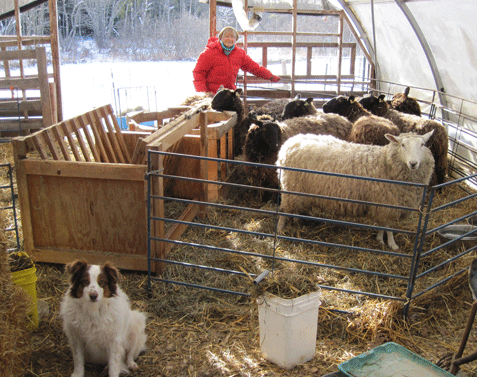
Winter is coming! As the new season is approaching, you need to bring a few changes to your regular shearing practices. From preparing the sheep to using the right tools, there is a lot to consider.
Without further ado, let’s dive into how your staff should practice shearing in winter.
✓ Check the Weather Forecast
In case you didn’t know, cold and windy weather might make the task difficult. On the other hand, extreme heat might lead to sunburn or smothering. Nevertheless, it’s best to keep the flock in a covered yard or woolshed.
Make sure your stock is well-fed after shearing in bad weather. This will help their body regenerate heat at the time of digestion.
✓ Focus on Preparing the Flock
Before shearing, make sure dagging and crutching are done properly. A dry dag might cause a dangerous consequence. The nine teeth combs come with long gullets and your workforce should be careful about it.
✓ Pay Attention to Tools
Are the workers using cover combs? This can irk a huge problem. If you are only working with freshers, you should not miss out on a few tips.
- Make sure the workers do not use thin cutters while operating on cover combs. Many shearers tend to use anew handpiece or adjust their old handpiece by changing the chicken feet, cogs and bearings. With the personal preferences in place, the shearing becomes safer, faster and easier.
- Ensure the accurate level of the bevel is in use. Keep a proper lead, and do not forget about the thickness of the combs. Focus on the type of sheep before picking the tools.
- Remember, mechanical lockup might be a result of the larger gaps between the teeth. Pay attention to the comb type before beginning.
- Check whether your workers have got their hands on a handpiece featuring at least 100 cutters.
- Review if there is enough thread and needle. You need to be prepared for stitching cuts in sheep following the animal welfare standards and policies.
If it’s too cold where your shearing farm is, you can use blades. Don’t forget to put an additional layer of protection against the cold weather.
With all that said, your shearing business can stay up and running even in winter. Keep these tips in mind, and ensure safe shearing in the workplace.


You must be logged in to post a comment.
click here to log in